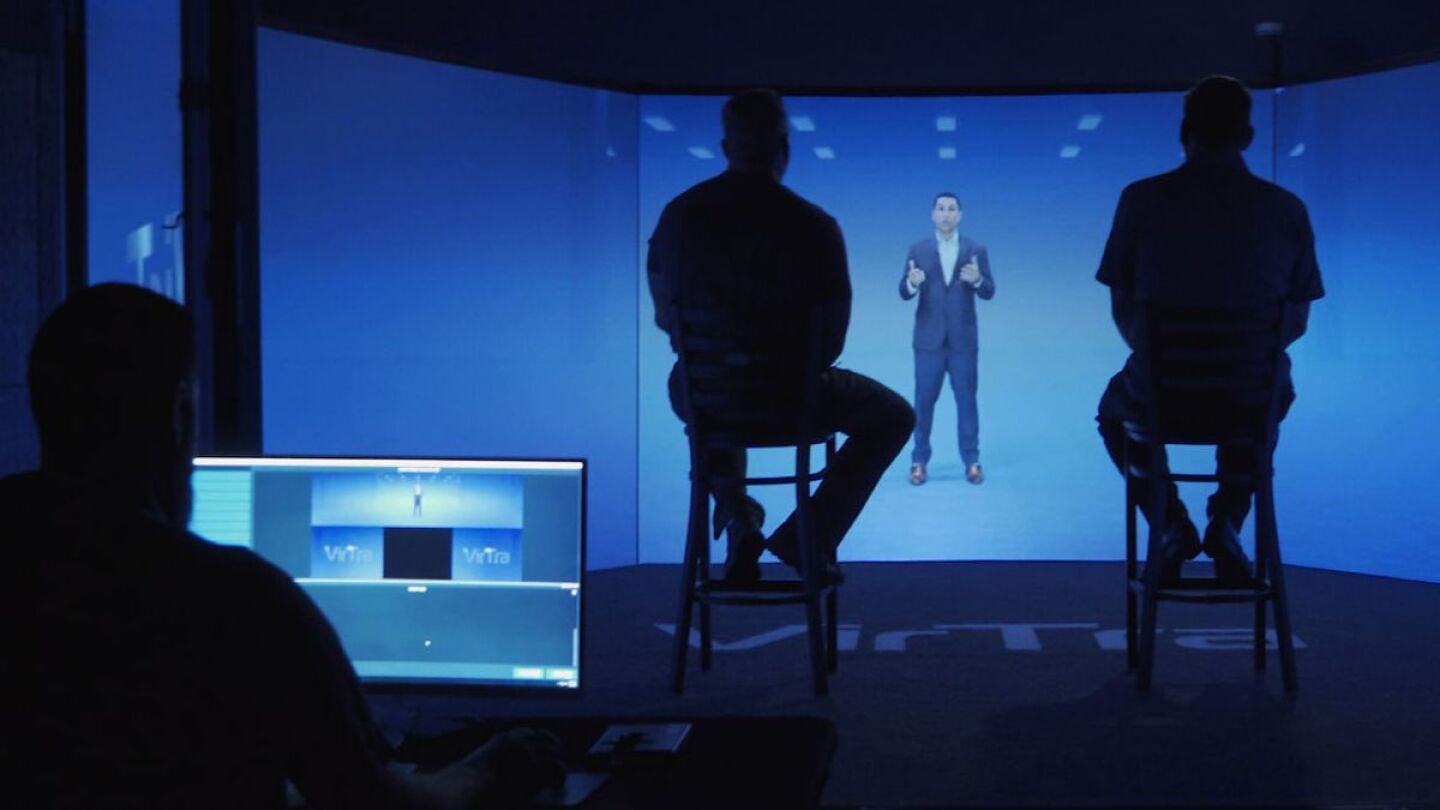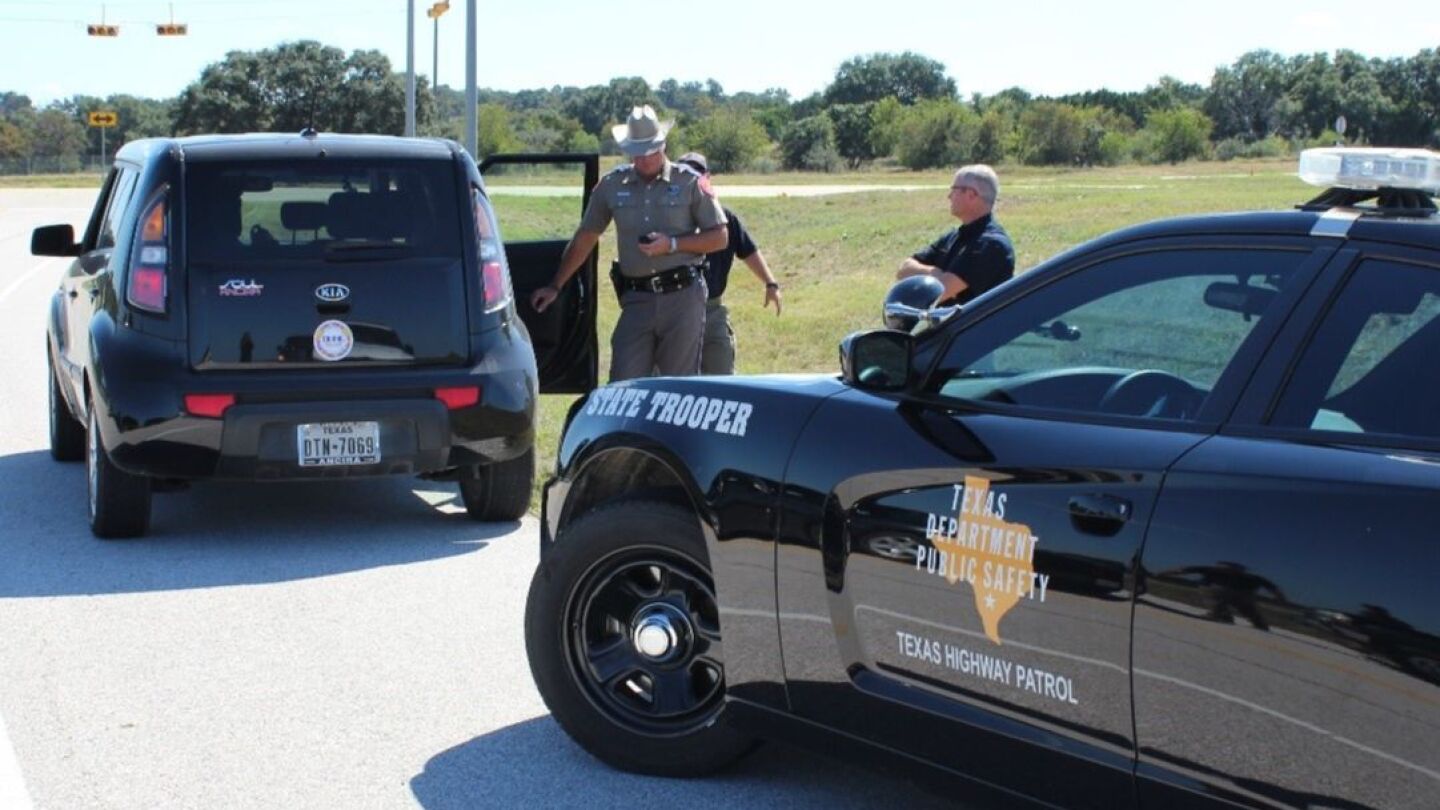Autism Spectrum Disorders
In the past two decades, autism diagnoses have increased by nearly 300%. The Centers for Disease Control and Prevention (CDC) estimates that 1 in 54 children have an autism diagnosis. The Autism Spectrum Disorders topic provides information on how police can recognize the signs of autism and effectively approach a person on the autism spectrum to minimize risk to both individuals and police officers. Learn the common characteristics of autistic people, review 5 tips to guide officers during interactions with autistic persons and be inspired to create autism sensory kits that will help calm autistic persons.
With nearly half of children with autism prone to wandering, CODE JOSHUA provides first responders with critical, personalized information — before they arrive on scene
Leigh Anne McKingsley, director of The Arc’s National Center on Criminal Justice and Disability, discusses best practices in officer training
Take the opportunity to understand this vulnerable community
“The Project Guardian program allows the families of persons with special needs to register their loved ones and provide detailed information and photos to assist the police before contact is initiated,” SRO Alex Zesati said
The program is intended to highlight residents of all ages with conditions or disabilities that make it difficult or impossible for them to verbally communicate with first responders, like autism, Alzheimer’s or a traumatic brain injury
10% of proceeds from the sale of Blue Autism Awareness Badges to be donated to cause partner ASGO
“If we do not start policing our kids at their developmental age versus their chronological age, they are going to continue to get hurt,” a trainer warned officers. “And so are you”
Technology gives first responders valuable information when they are approaching persons with physical or mental health needs
Agencies across the country spread awareness and trained officers for encounters with someone who is autistic
Sheriff Grady Judd, whose grandson has autism, says the program will help deputies have better interactions with people who may be on the autism spectrum
Deputies found the 2-year-old boy in tall grass near a tree line about 400 yards from his home
Having the appropriate range of tools and training helps guarantee the best outcome for all parties
Ben’s Blue Bags are named after Ben Kodicek, 6, who served as the inspiration for project
During a time of scarce fiscal resources, thinking outside of the box can help agencies fund special projects
Typical police procedures combined with characteristics of autism can cause misunderstandings that result in a negative interaction
As the number of people with autism grows, it’s important to recognize potential communication challenges so that police can interact more safely and effectively with these individuals
In this Q&A, Police1 asks an expert what police need to know about people with autism and why, as well as what they can expect to learn from the new VirTra training course
A longtime police officer and trainer picked up some critical cues and strategies when he previewed the new VirTra course
Officers can learn how to interact with people who have autism and de-escalate situations that could turn awry
With the increase in those affected by autism, it’s likely that you will have contact with an ASD subject at some point in your law enforcement career
The app includes de-escalation techniques and five key strategies for dealing with someone having “a meltdown”
As the number of citizens diagnosed with high-functioning autism increases, LE interaction with these individuals is more likely
Legislators took a big step toward improving relations between LE and drivers diagnosed with communication disabilities, such as autism, PTSD and hearing impairments
The Vitals app and Bluetooth beacon share critical, user-specific information to guide first responders in interactions with vulnerable persons
About 1 in 68 children has been identified with autism spectrum disorder (ASD) so the likelihood you will encounter someone with autism is high
























